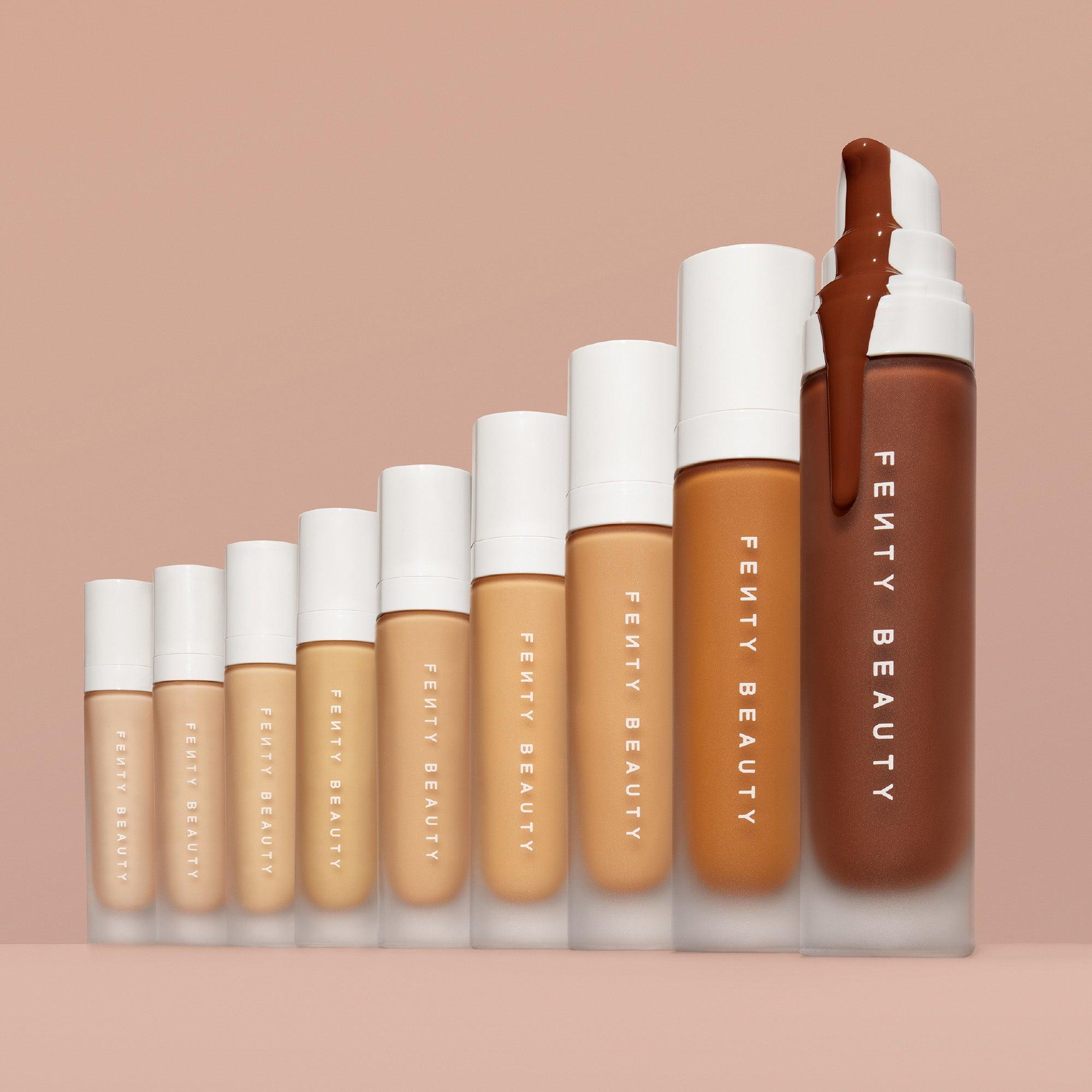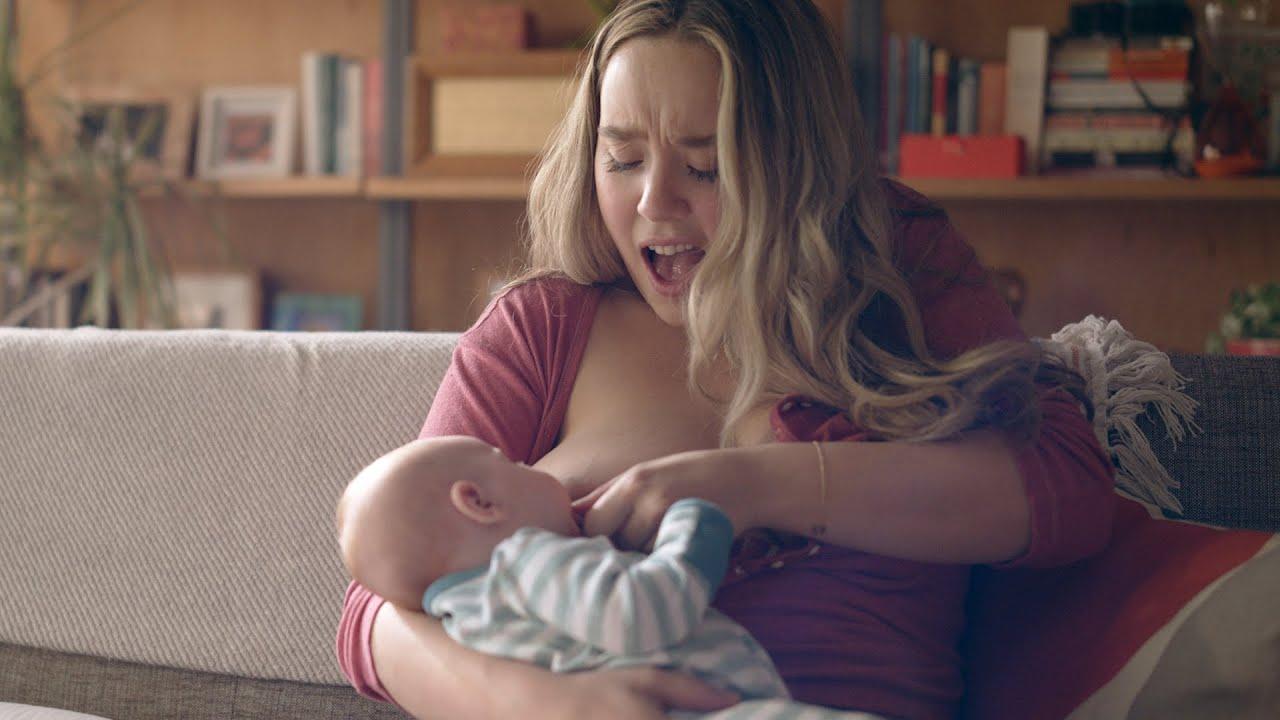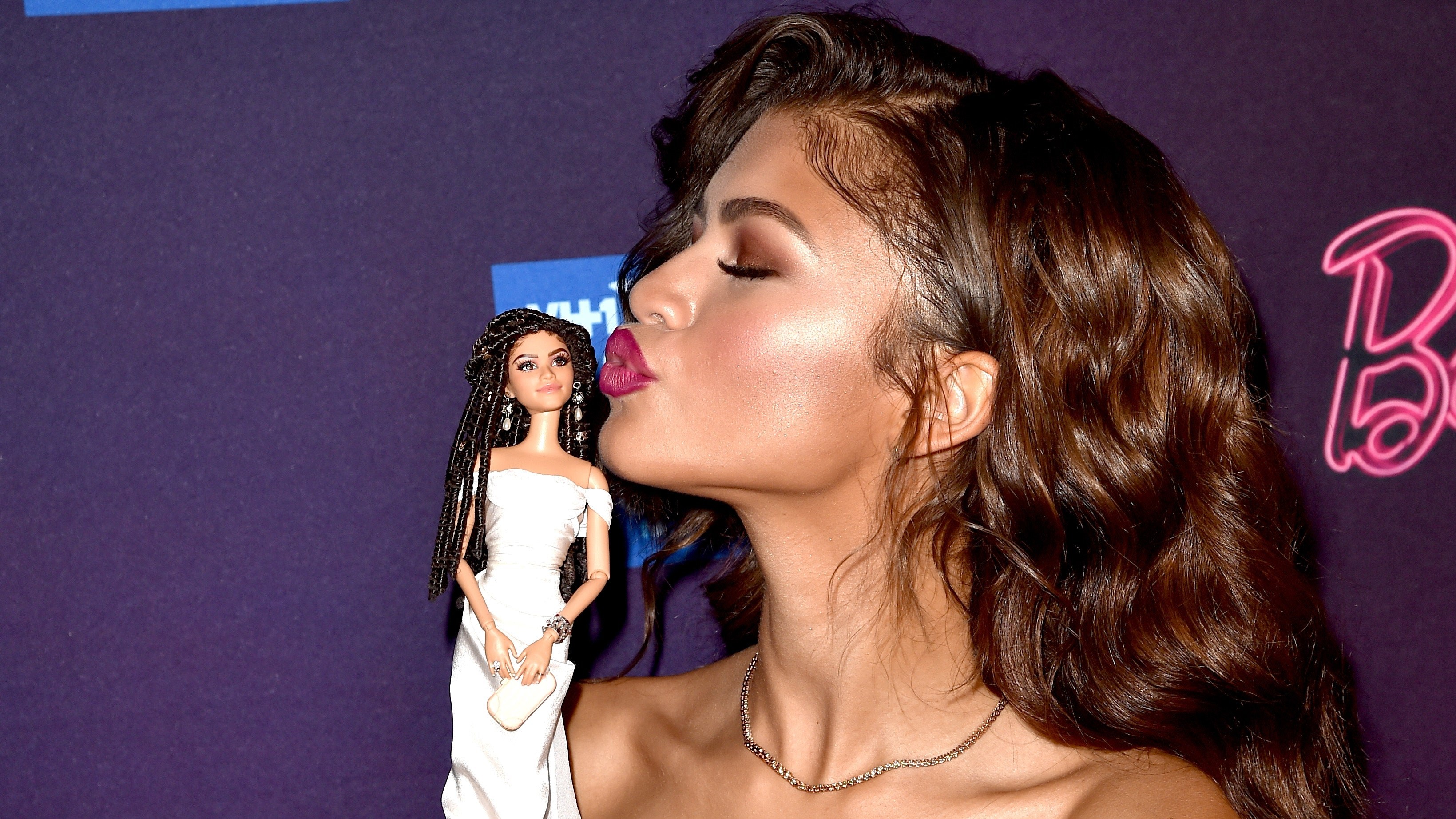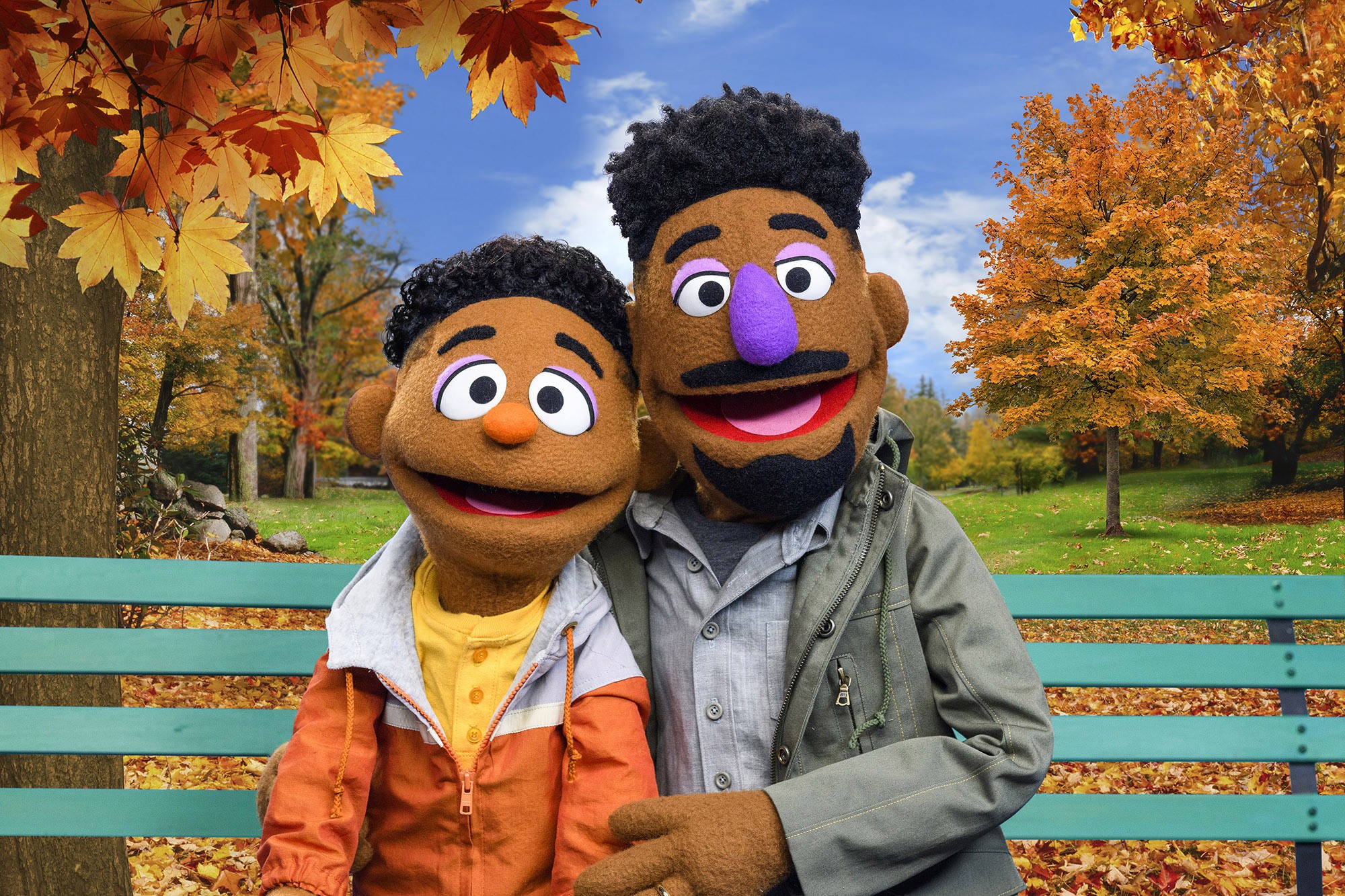

Oct 06, 2022
In a world that is so often centred on the ‘standard’ and has little room for deviation, representation can help break down barriers for marginalised communities.
Sadly, a lot of the media we consume still lacks representation of many kinds. Too frequently media fails to reflect an accurate representation of the world back at us and, by focusing on certain demographics, it risks excluding whole swathes of society.
Ultimately, if people don’t see themselves reflected in the world around them, they risk internalising biases or boundaries. If people never see others represented, they won’t have the understanding needed to be part of an inclusive society.
Representation gives us a tool for bridging these gaps and divides.
People of minority groups often struggle with identity development, referencing the lack of media representation as negatively impacting their self esteem, and creating shameful relationships with aspects of themselves. Representing all dimensions of identity is key to validating people’s lived experiences and reducing stereotypes.
In a multicultural society, it’s crucial for everyone’s development to amplify the voices of all of us.

Zendaya
Business and/or marketing largely hinges on using ideas of community and belonging to engage target audiences. Representation allows organisations to cast a wider net across various communities and build more meaningful connections with more audiences. We’re not just talking about a new EDI term, there’s plenty of data to back up the importance of representation.
Though relatively simple to implement, representation can have a huge impact. From diversifying casting for marketing and content, to ensuring your beneficiaries are represented in the writers room can change the narrative, direction and focus of innovation. Research shows that diverse teams are more likely to think creatively and be ahead of the curve.
From a financial point of view, representation allows organisations to cast a wider net across various markets, and engage valuable customer-bases that may feel excluded from mainstream products or campaigns.
Simply put: diversity sells. Recently, the median global box office has been highest for films featuring more than 20% minority casts. Over 60% of consumers are now ‘belief-driven’ buyers, who choose what they consume based on their societal stances. This is particularly important to young social media users, 87% of whom believe media and advertising has to be inclusive in its representation. On top of that, more than half of consumers are more likely to stay loyal to brands they consider socially responsible, and some minorities are willing to pay up to 20% more for a product they consider socially responsible.
But watch out - diversity for diversity’s sake, say tokenistic or inauthentic representation, won’t get you far with modern consumers either. It’s not just about the messaging - all of the touch points matter, including the team making the content, and the social impact derived from it.
Organisations that challenge themselves on representation have the opportunity to authentically represent their communities and tap into loyal and motivated supporters.

Whilst representation has increased in recent years, we’ve seen a clear pattern of adversity and struggle. Think of how many LGBTQ+ characters in film or TV die in their stories (so common it’s become known as the ‘bury your gays’ trope), or how few rom-coms have POC main characters.
Audiences are tired of seeing only the hardships of their identity represented and yearn for uplifting, ‘normal’ representation. In response, we’re now seeing an increase in ‘slice of life’ representation.


The Disney+ TV show Ms Marvel has recently done this very effectively. Off the back of similarly successful slice of life representations like Black Panther and Crazy Rich Asians, Ms Marvel reimagines a well-known all-American superhero as a second generation Pakistani American Muslim immigrant. The show has received copious amounts of praise for challenging the oppressed Muslim woman stereotype, and breaking Islamophobic ideas about Muslim immigrants in the US. Islam is neither glorified nor demonised, it just exists in some people’s lives, and does not in others, just as it is in the real world.
The hope is that Ms Marvel will allow people to see themselves as having ‘superhero’ potential in their everyday lives, and be an invitation for more content that authentically represents different aspects of community.

The most innocuous example of slice of life representation is simply diverse casts in marketing campaigns. British supermarket chain Sainsburys featured a black family for the first time in its 2020 Christmas campaign - not exactly revolutionary, but still crucial to normalising different cultures.
Predictably, there was swift backlash arguing that the campaign was not representative of a mostly-White Britain (ignoring the fact that all previous campaigns were all-White, also not representative of the multicultural country). Sainsburys stuck to its guns and replied with a short but sweet statement reemphasising its aim to “represent a modern Britain, which has a diverse range of communities.”

The 2021 Google campaign ‘Helping you help them’ shows a migrant father with limited English skills using Google search to introduce his daughter to Australian football. The ad shows the relatable day-to-day for many people, and was widely praised for reflecting both a universal experience of parenting whilst being a uniquely migrant experience at its core.
The ad does a wonderful job of tapping into both the importance of family in Australian society, as well as Aussie Rules as a community-building feature of Australian life. By tying the two together, Google presents a heartwarming campaign that strives to break down barriers between migrant families and the communities they arrive into.

Gina Rodriguez
Other effective forms of representation identify a problem specific to a marginalised community, and centre their brand or marketing around solving this problem. Not only do these brands deliver social impact by offering real-world solutions to minority-experienced problems, they normalise the struggles by depicting them in their promotional materials.

Postpartum recovery product brand Frida Mom recently received a world of praise for their ‘fourth trimester’ campaign. The campaign centred around a short film, which depicted the realities of breastfeeding and introduced its new line of breast care products.
The brand identifies the difficulty that many postpartum women have with breastfeeding. From raw or clogged nipples to engorgement and mastitis, the experience is incredibly hard for many women. At the same time, there’s a lot of societal pressure to persist, with formula being painted as a ‘worse’ alternative. As a consequence, many women struggle with helplessness and feelings of inadequacy throughout the process.
Many marketing campaigns directed at women’s issues in this way tend to either sanitise or glamorise the experience. With campaigns like blue period blood being the norm, Frida’s stripped-back, realistic approach is a breath of fresh air. The ad racked up more than two million views on YouTube, generated over two billion earned impressions and quadrupled the traffic to Frida’s website.

Few brands can claim they single handedly shifted an entire industry towards increased inclusivity. Fenty Beauty is one of the few that has had such a groundbreaking impact.
The launch of the makeup line with forty available shades (now fifty) shook up the makeup industry. Many brands before Fenty typically lacked products in darker shades and were formulated specifically for white skin textures. Fenty’s more inclusive approach put pressure on other cosmetic brands to follow suit, and generated €500million in sales within its first year. Time magazine named Fenty Beauty the Best Invention of 2017, calling its “unabashed celebration of inclusivity” an “unprecedented spotlight on the need for diverse beauty products.”

In 2021 it was estimated that people spend on average 7 hours online every day. In these spaces human values and cultural norms are embedded in the design and use of technology.
For example, many online video games let people create their own avatars, building on options based on professions and race (ie. elf, warrior, healer). The identity markers that someone picks for their avatar will build the character’s qualities and appearance, each coming with their own strengths and weaknesses. If you’d like to read more about what influences virtual identity-building, and what this means for the future of brands, read our article on identity in the metaverse.
Research has shown that characters that are female, or of certain races, tend to be statistically disadvantaged in video games. Typically, they are weaker, slower, or have fewer useful skills. On top of that, there’s simply fewer options when looking to play as, for example, a woman.
In response, Women in Games, the game studio Unreal Engine, and toiletry brand Dove, have partnered to create a library of avatars compatible with multiple games, showcasing a more “authentic, diverse, and inclusive” representation of women and beauty in video games. Similar to other programmes looking to diversify avatar creation, the hope is that the representation will not only boost self-esteem amongst players, but also help minorities feel more included within STEM.

Seeing representation from a young age onwards is the best way to not only boost children’s confidence and ambition, but also help unlearn stereotypes before they’re ingrained. More and more children's brands are becoming more inclusive, hoping to boost self-esteem of their young consumers when they recognise themselves on-screen or in the toys they're playing with. But which brands are driving this change?

Ever since Barbie was launched, she’s become an iconic image of ‘femininity’. Recognisably white, blonde, thin, and dressed in pink, Barbie has been one of the most popular children’s toys to have existed in the past hundred years.
However, seven years ago Barbie was a brand in crisis. Mattel seemed convinced declining sales were due to a failure to keep up with the times. The brand had seen multiple questionable pushes to diversify Barbie in the past. From the making of ‘Oriental’ Barbie a decade after the global push to recognise the term as offensive, to the inclusion of BIPOC dolls exclusively as “friends of Barbie” rather than Barbie herself - these attempts were largely unsuccessful. The implicit message was simply: “You can be anything, but only if you’re white and blonde.”
With sales in freefall, Mattel began trying to diversify in earnest, and is now one of the more inclusive children’s toys available on the market. Barbie now exists in a variety of skin tones and hair fibres, body types, in a wheelchair or with a prosthetic arm, wearing a hijab, and more. Most recently, Mattel released Barbie with a cochlear implant and Ken with vitiligo.
The push was clearly worth it, as Mattel generated $1.5billion in revenue from Barbie in 2020. Beyond that, they’re allowing more and more kids to end up with a doll that actually looks like them. Hopefully, children will learn from Barbie that they can be anything - regardless of who they are.

Children’s TV programme Sesame Street has diversity as its core aim, with much of its programme focussing on teaching children about diversity and inclusion. Although it’s had a relatively diverse human cast, as well as multiple segments about diversity represented through muppets, the programme hit the news in 2020 for adding black Muppets to its lineup for the first time ever.
Sesame Street combined the new addition with a town hall organised together with CNN, just weeks after the killing of George Floyd, called “Coming Together, Standing Up to Racism,” where kids, muppets and experts discussed racism in child friendly terms.
With its considered and well-researched representation, Sesame Street is miles ahead of other children’s TV shows. Especially considering the added social impact that initiatives like the town halls have.
Beyond the newly added black Muppets, there’s plenty of other groundbreaking examples. There's HIV+ Muppet Kami, who appears in the South African version and teaches kids that being friends with HIV+ children isn't scary, and Julia, an autistic muppet, teaching kids how autistic people communicate or process emotions.
The representation Sesame Street creates stands out because of their extensive research. Being able to authentically engage with the local contexts of each of their 30+ versions is a remarkable feat. As one of the most recognisable children’s programmes to date, it’s clear the strategy paid off.
Take inspiration from campaigns like Dove x Women in Games x Unreal Engine. Who can you partner with to promote the intersectional impact of your brand and mission? What unique asset or knowledge could you bring to partnership?
Invest in diversifying your own team. There’s no authentic representation without authentic voices coming from within. If you’re trying to tap into new audiences, making sure you’ve got the necessary input is what will allow you to create real impact instead of tokenistic/mis-representation. We've said it before - who is in your writers room?
There’s no template for truly representative advertising. Real representation requires innovative thinking from the ground up every time. Consumers will know if you’re being lazy, and they’ll know if you’re repackaging a campaign previously used on a different demographic. Representation leaves no room for lazy campaigns, lazy innovation and lazy creative.
Marginalised groups represent large parts of the market that are craving stories and products tailor-made for them. Identifying the right community and building a unique campaign could win you the loyalty of a whole new section of consumers. The key is building authentic representation with and for these groups now, before the market becomes oversaturated.